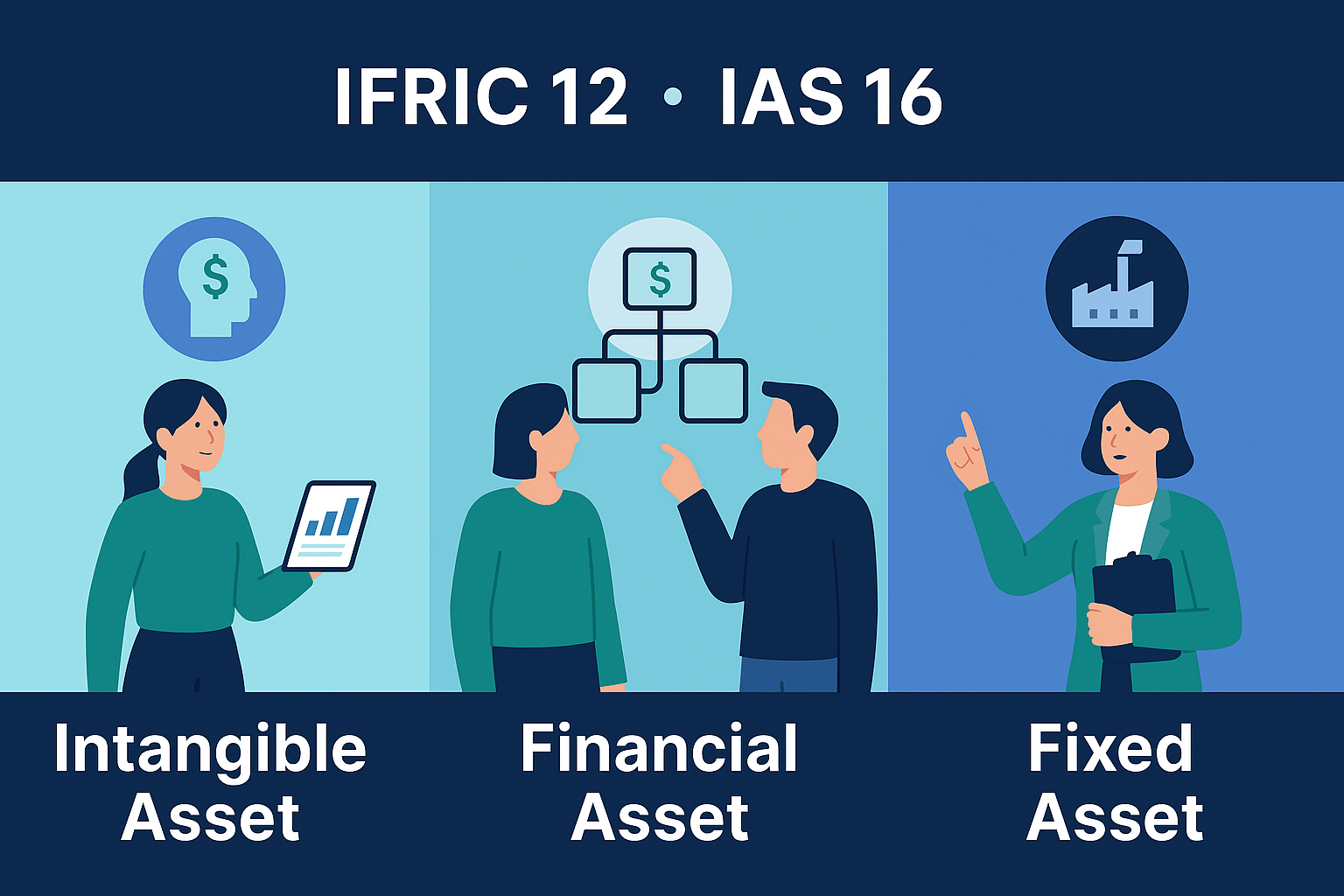Introduction
Net Present Value (NPV) in project finance is a sophisticated financial metric that determines the present value of all future cash flows, including initial investment costs. This comprehensive guide covers both the theoretical framework and practical implementation aspects of NPV calculations in project finance modeling.
Key Challenges in Project Finance NPV
- Multiple project lifecycle phases
- Complex cash flow patterns
- Varying discount rates
- Timing mismatches
- Construction phase considerations
- Operational phase variations
Model Structure and Components
2.1. Excel File Organization
Cover Sheet
- Project identification
- Version control
- Model overview
- Navigation structure
Styles Guide
- Standardized formatting
- Color coding system
- Input conventions
- Calculation formats
- Error checking protocols
Inputs Sheet
Essential parameters:
- Model timing definitions
- Construction period specifications
- Operations period details
- Currency settings
- Time period configurations
- Project-specific variables
Workings Sheet
Core calculations:
- Period calculations
- Phase-specific cash flows
- Revenue projections
- Cost estimations
- NPV computations
Core NPV Calculation Methods
3.1. First Drawdown Period Analysis
Formula Structure
=MATCH(TRUE,INDEX(ABS($J$75:$AW$75)<>0,0),0)
Components and Purpose
- Formula Breakdown:
- ABS function: Converts negative values to positive
- INDEX/MATCH combination: Locates first non-zero value
- Horizontal array evaluation: Processes timeline sequentially
- Strategic Importance:
- Establishes NPV calculation starting point
- Ensures accurate timing of cash flows
- Critical for construction phase modeling
- Maintains calculation integrity
- Impact on Calculations:
- Determines discount period starting point
- Affects XNPV date ranges
- Influences period numbering
- Essential for accurate IRR calculations
3.2. Method 1: Discount Factor Formula
Implementation
Discount Factor = 1 / (1 + r)^t
Present Value = Cash Flow × Discount Factor
NPV = Sum of Present Values
Key Features
- Maximum transparency
- Full calculation control
- Flexible rate adjustment
- Detailed period tracking
Use Cases
- Complex financing structures
- Variable discount rates
- Detailed analysis requirements
- Educational purposes
3.3. Method 2: XNPV Function
Formula Implementation and Analysis
XNPV($E$95,INDEX($J$99:$AW$99,E$96):AW$99,INDEX($J$6:$AW$6,E$96):AW$6)
Formula Breakdown
- Discount Rate Component ($E$95)
- Fixed cell reference to the model’s discount rate
- Used in the present value calculation for each cash flow
- Cash Flow Range (INDEX($J$99:$AW$99,E$96):AW$99)
- $J$99:$AW$99: Full range of cash flows
- E$96: References the first drawdown period
- INDEX(…,E$96): Starts array from first drawdown
- :AW$99: Extends to the end of the project
- Dates Range (INDEX($J$6:$AW$6,E$96):AW$6)
- $J$6:$AW$6: Full range of dates
- Synchronized with cash flow periods
- Aligned with first drawdown
Integration with First Drawdown Period
- Period Alignment
- First Drawdown Period formula (MATCH(TRUE,INDEX(ABS($J$75:$AW$75)<>0,0),0)) determines E$96
- XNPV formula uses E$96 to start calculations from first actual cash flow
- Ensures accurate temporal matching of cash flows and dates
- Calculation Impact
- Eliminates zero-value periods before first drawdown
- Maintains proper time value of money calculations
- Accounts for actual project timing
- Provides more accurate NPV results
Working Mechanism
For each cash flow (CF) and date (D):
PV = CF / (1 + rate)^((D - first_date)/365)
XNPV = ∑PV
Characteristics and Advantages
- Handles irregular periods with precision
- Date-specific calculations for accurate timing
- Construction phase accuracy through proper period alignment
- Temporal precision in cash flow timing
- Automatically adjusts for varying period lengths
- Ideal for project finance with irregular drawdowns
Practical Implementation
- Setup Requirements
- Properly formatted date series
- Aligned cash flow series
- Correctly identified first drawdown period
- Appropriate discount rate
- Quality Checks
- Verify date continuity
- Confirm cash flow alignment
- Validate period references
- Check discount rate application
Applications
- Irregular cash flows
- Construction period analysis
- Complex timelines
- Date-sensitive projects
3.4. Method 3: NPV Function
Standard Implementation
NPV($E$108,INDEX($J112:$AW112,E$109):$AW112)
Periodic Adjustment
NPV((1+E$115)^(1/PeriodInYear)-1,INDEX($J112:$AW112,E$109):$AW112)
Features
- Regular period handling
- Simplified calculations
- Standard Excel function
- Period adjustment capability
Critical Components and Timing
4.1. Construction Phase
- Capital expenditure timing
- Drawdown schedules
- Interest during construction
- Cost escalation
4.2. Operational Phase
- Revenue streams
- Operating costs
- Maintenance cycles
- Working capital movements
4.3. Terminal Phase
- Asset disposal
- Decommissioning costs
- Terminal value calculations
- Residual considerations
Implementation Guide
5.1. Model Setup
- Time Period Configuration
- Define model timeline
- Set period conventions
- Establish key dates
- Configure calendars
- Cash Flow Structure
- Construction cash flows
- Operating cash flows
- Maintenance provisions
- Terminal considerations
- NPV Calculation Setup
- Method selection
- Rate determination
- Period alignment
- Error checking
5.2. Technical Implementation
- Named Ranges
- DateConstructionEnd
- DateConstructionStart
- DateModelStart
- DateOperationsEnd
- DateOperationsStart
- Other key variables
- Formula Conventions
- Use XNPV for irregular periods
- Implement XIRR for returns
- Apply INDEX-MATCH
- Error handling with IFERROR
Best Practices and Recommendations
6.1. Model Structure
- Clear separation of inputs and calculations
- Consistent naming conventions
- Comprehensive error checks
- Detailed change log
6.2. Calculation Integrity
- Cross-validation between methods
- Sensitivity analysis
- Scenario testing
- Reality checks
6.3. Documentation
- Detailed formula documentation
- Assumption recording
- Version control
- User guides
6.4. Risk Management
- Input validation
- Error trapping
- Circular reference prevention
- Data integrity checks
6.5. Performance Optimization
- Efficient formula use
- Calculation grouping
- Array formula optimization
- Named range management
Conclusion
Advanced NPV calculations in project finance require a thorough understanding of both theoretical concepts and practical implementation. This guide provides a comprehensive framework for developing robust and accurate NPV calculations while maintaining model integrity and usability.









